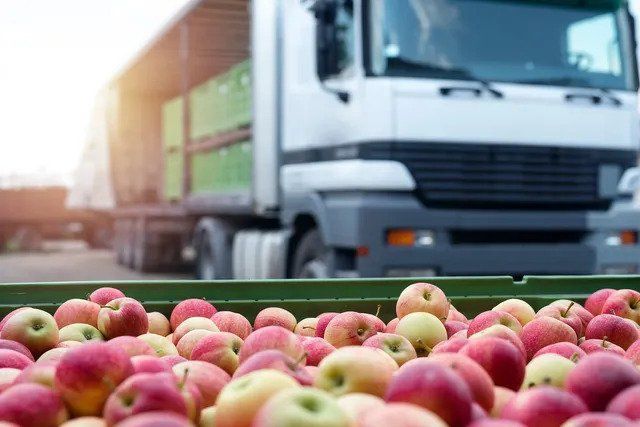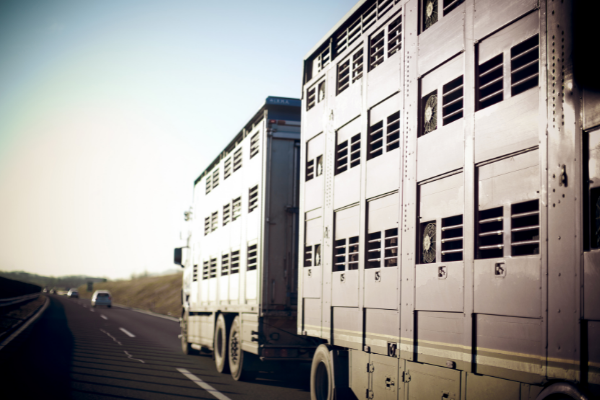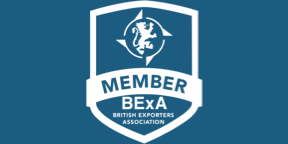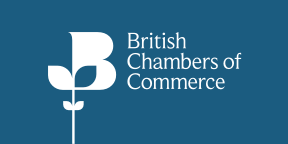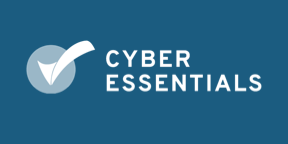BY:
SHARE:

The controls for high-risk food and feed of non-animal origin will align closely with those applied to animal products in the medium risk category. Designated Border Control Posts will continue to be published on GOV.UK, and the designation process will remain with the Food Standards Agency and Food Standards Scotland.
Governance of high-risk food and feed of non-animal origin will broadly continue to be under the provisions set out in relevant regulations. Retained Regulation 2019/1793 (as amended) sets the temporary increase of official controls and emergency measures governing the entry into Great Britain of certain high-risk food and feed of non-animal origin from certain countries. HMRC will carry out a wider review to consider measures that will increase efficiencies in the listing of commodities under the Regulation, so that we can respond quickly to dynamic threats to the border.
There will continue to be a legal requirement for the enhanced control measures to be regularly reviewed. The reviews will continue to be delivered through an enhanced risk analysis process by the Food Standards Agency and Food Standards Scotland, and provide recommendations to Ministers to establish proportionate measures governing the entry into Great Britain of high-risk food and feed of non-animal origin on a commodity and country of origin basis.
Importing Plants and Plant Products under the Border Target Operating Model
Risk categorisation
Under the new regime, controls will be applied to goods proportionately, based upon their risk categorisation. Regulated plants and plant products will be categorised into three main risk categories: low, medium and high. The higher the risk category, the greater the assurance requirements imposed. There are goods which are not regulated at all, and some which pose such a threat that they are banned by default and may only be imported under a derogation or following specific risk assessment.
The new model moves away from the default EU level of 100% checks for plants for planting and produce with an identified pest or disease risk. This will reduce to 3-5% (for most produce with exceptions where specific risk factors apply) and 5-100% for plants for planting in Great Britain, depending on risk. This approach, developed following a public consultation at the end of 2021, recognises that plants are inherently higher risk, compared to fresh produce, but recognises the intended use of plants, e.g., end use, or commercial propagation/production.
This new Great Britain-focused, risk-based, import inspection regime, aims to ensure that impacts from plant health checks are at the appropriate level to the degree of risk posed by different categories of commodities, and that the phytosanitary regime remains appropriate to address the biosecurity risk which Great Britain faces.
Controls that will be applied to Plants and Plant Products
The default for plants, plant products and other regulated products listed in Annex XI, Part A of the retained EU Regulation 2019/2072 (“the Phytosanitary Conditions Regulation”), will not be 100% checks but rather between 3-5% for most medium risk products, and 5-100% on the highest risk products. Where specific risk factors apply, in relation to specific products from specific origins, the frequencies will be adjusted as appropriate. Items listed in Part C of Annex XI do not require phytosanitary certificates to enter Great Britain, and do not require phytosanitary inspection.
They are excluded from being part of a risk targeted inspection regime.
The precise rate of checking within a specific risk category will be based on an assessment of the specific risk factors linked to the pathway concerned.
To ensure that the risk categorisation remains appropriate over time, low risk goods will be subject to robust surveillance for pests that are currently controlled, and for new and emerging pests. This will be done through:
- Monitoring to detect new and emerging issues
- Targeted action in response to intelligence/information to follow up leads in relation to specific threats identified.
Monitoring via surveys will detect new and emerging issues. In addition, targeted surveys in response to intelligence, or in relation to specific threats, will continue in line with current plant health regulations. Any surveillance of low-risk goods will be carried out at the most appropriate locations and times. This may include incidental checks alongside inspections of high and medium risk goods, and checks downstream of the border at premises being visited for other plant health purposes.
Further information relating to the risk category of plants and plant products that enter free circulation in the EU and are exported from the EU can be found on the Plant Health Portal.
The risk categories for goods from non-EU countries will be published in August 2023 on the Plant Health Portal.
The link to the Plant Health Portal is below:
https://planthealthportal.defra.gov.uk
The new Border Target Operating Model will significantly reduce the number of identity and physical checks, while ensuring resources are focused on consignments presenting the greatest biosecurity and public health risks. It will allow us to focus resources on consignments presenting the greatest risk to the UK, and will also enable us to expand the scope of our control regime to include the large volume of plant and plant products imported from the EU.
Whilst Border Control Posts will be the location of checks for some plants and plant products, others will be checked at Control Points. Control Points are inland inspection facilities, where checks of plants and plant products can take place under Customs supervision. Goods moved to a Control Point are under Customs control and cannot be opened until the inspector (or authorised operator) is present.
Border Control Posts and Control Points must meet specific minimum standards, including inspection areas, storage/detention areas, and unloading areas with appropriate cover. These are designed to provide a bio-secure environment until goods have passed plant health checks.
Border Control Post and Control Point premises must be Customs authorised as a temporary storage facility. This latter approval is managed by the Border Force National Frontier Approvals Unit (NFAU) or through HMRC.
If you are interested in exploring this topic further, you might find it worthwhile to consider the training courses and live clinics offered by Strong & Herd LLP:
OneCall™ Email assistance as and when required; A one-call solution for all your import, export and customs enquiries. Export help. Import help. Customs help.
Stay informed about customs and international trade matters by subscribing to our OneCall™ service. This comprehensive offering includes a dedicated email helpline for support, timely practical updates direct to your inbox (Did You Know?), monthly UK Customs & Trade Briefings and access to an interactive members' area with an exclusive community for our subscribers.
International Trade Updates & Spotlight Newsletter
Subscribe to our free information emails covering international trade topics...
MORE INDUSTRY INSIGHTS...


